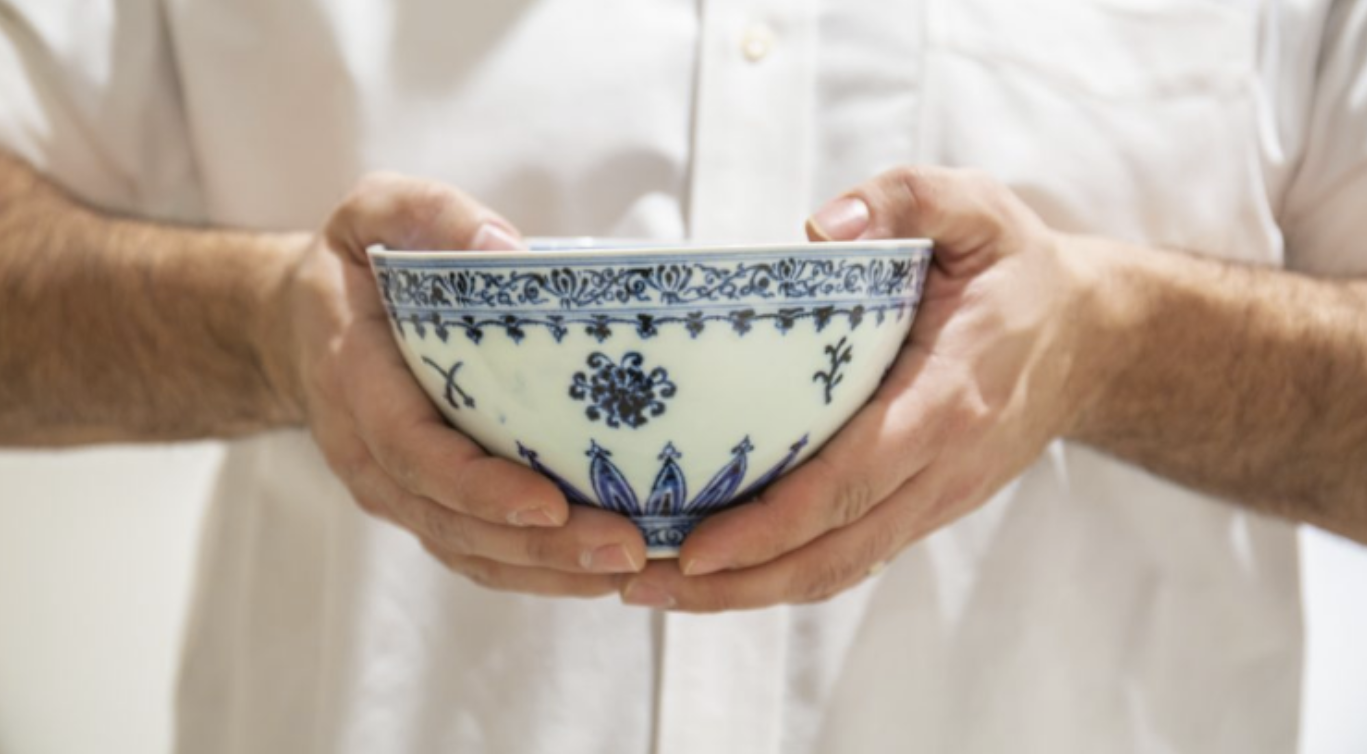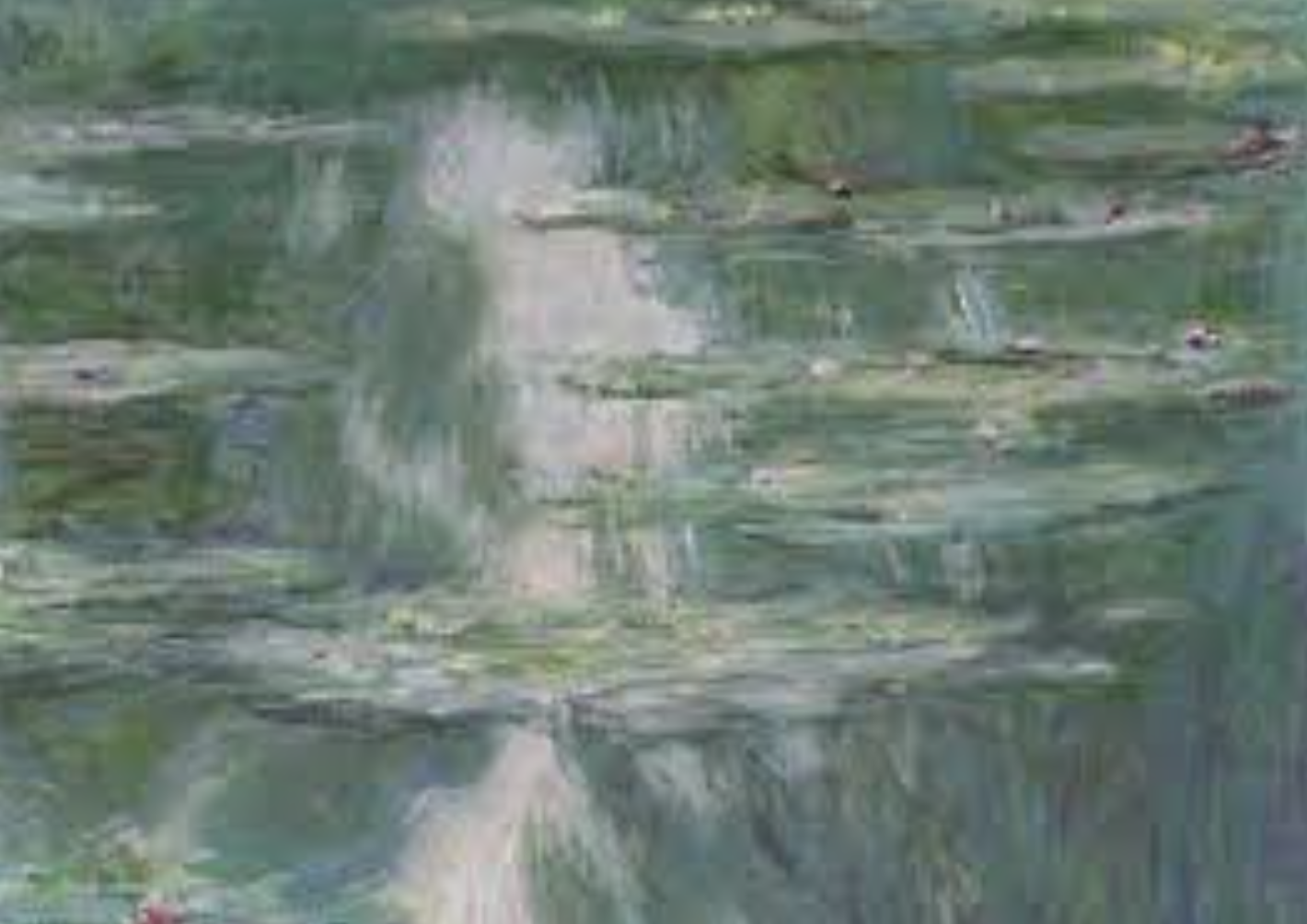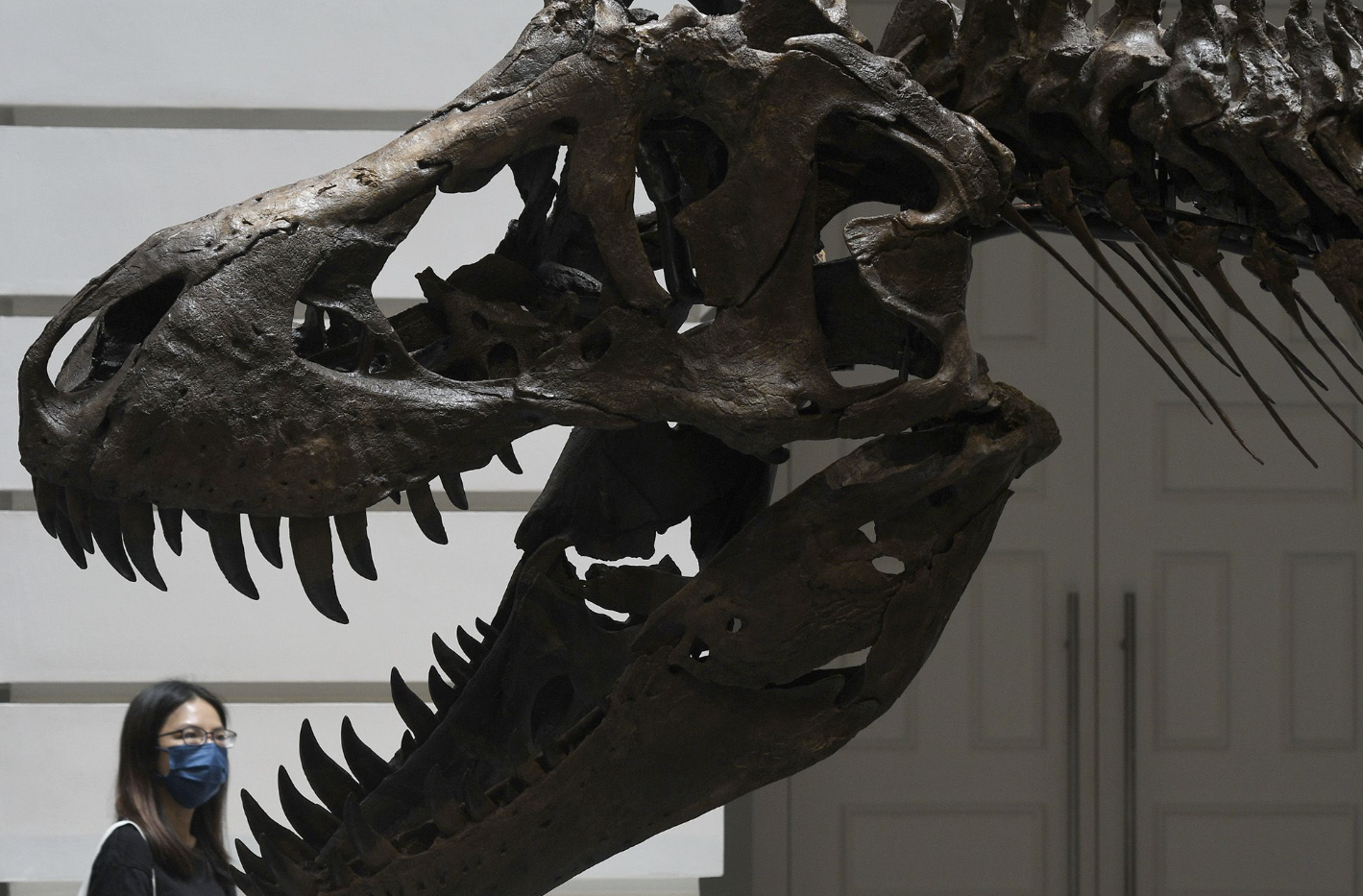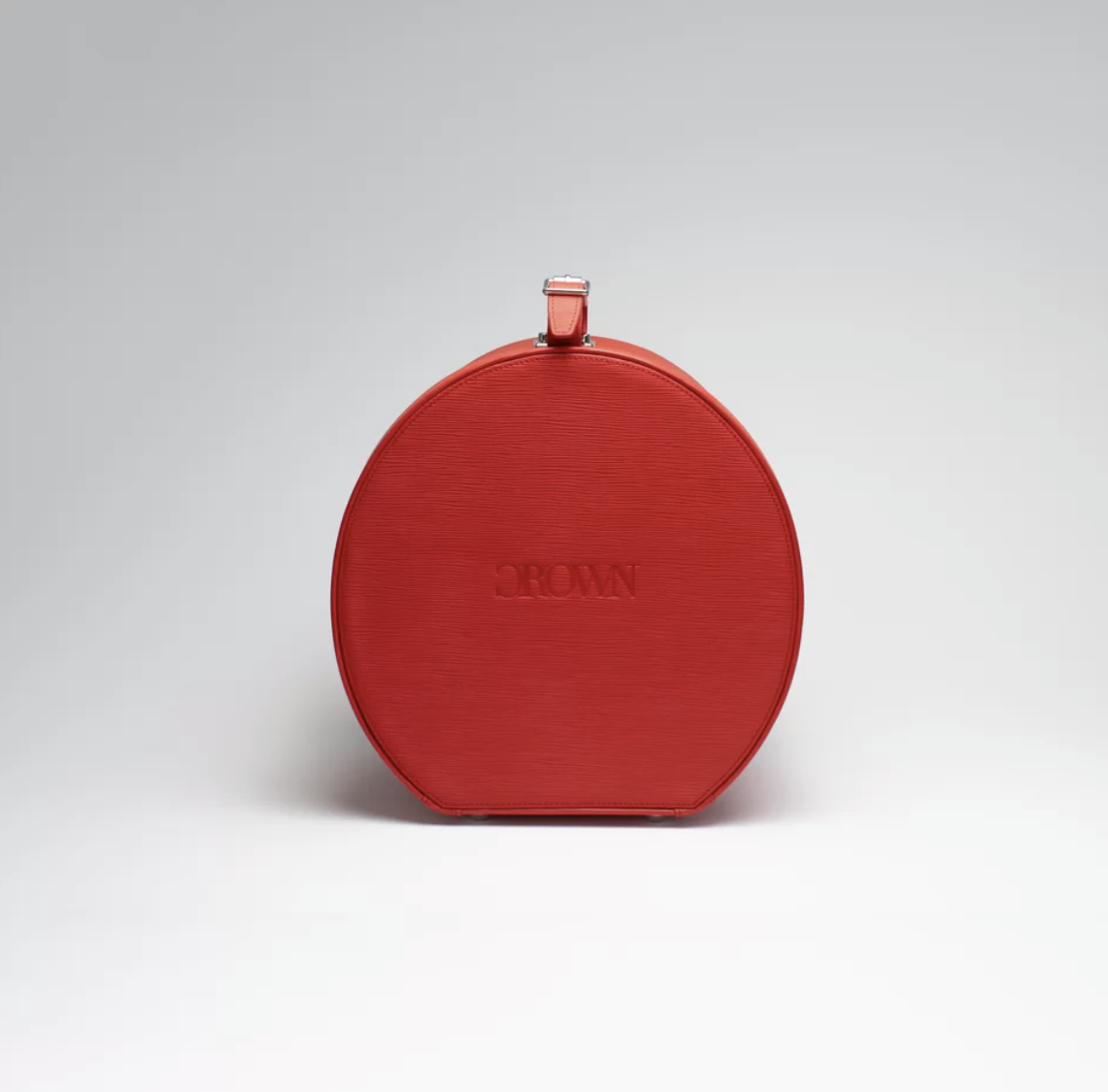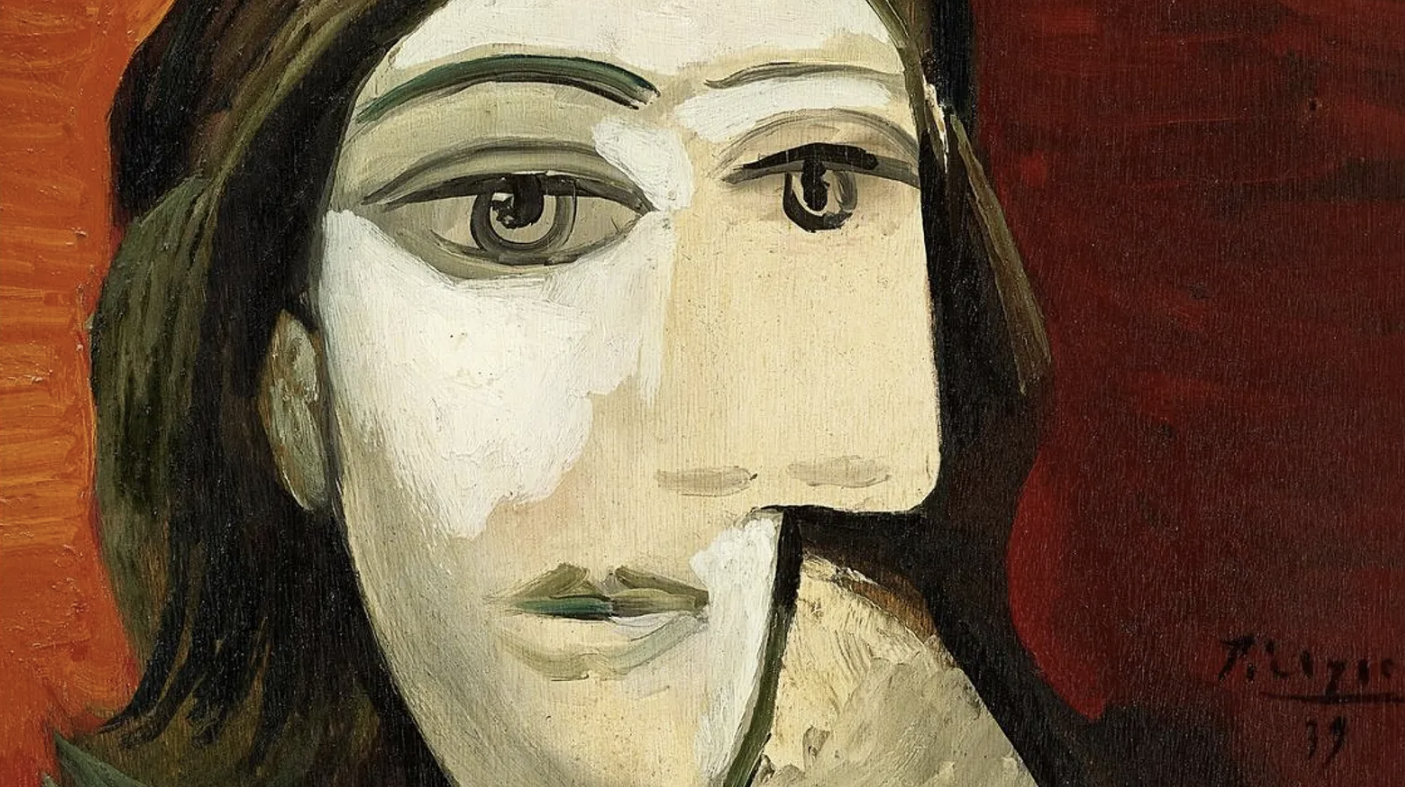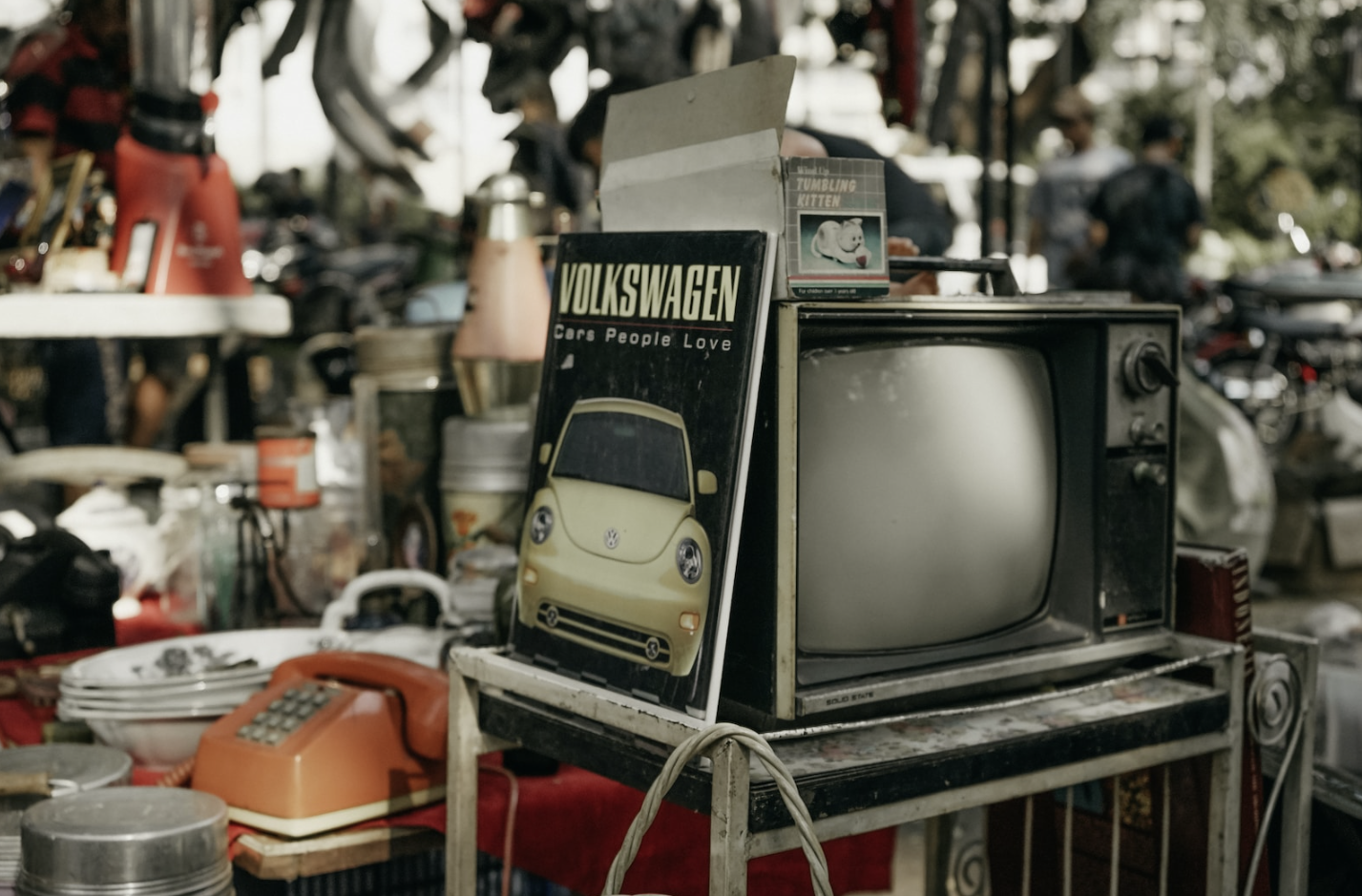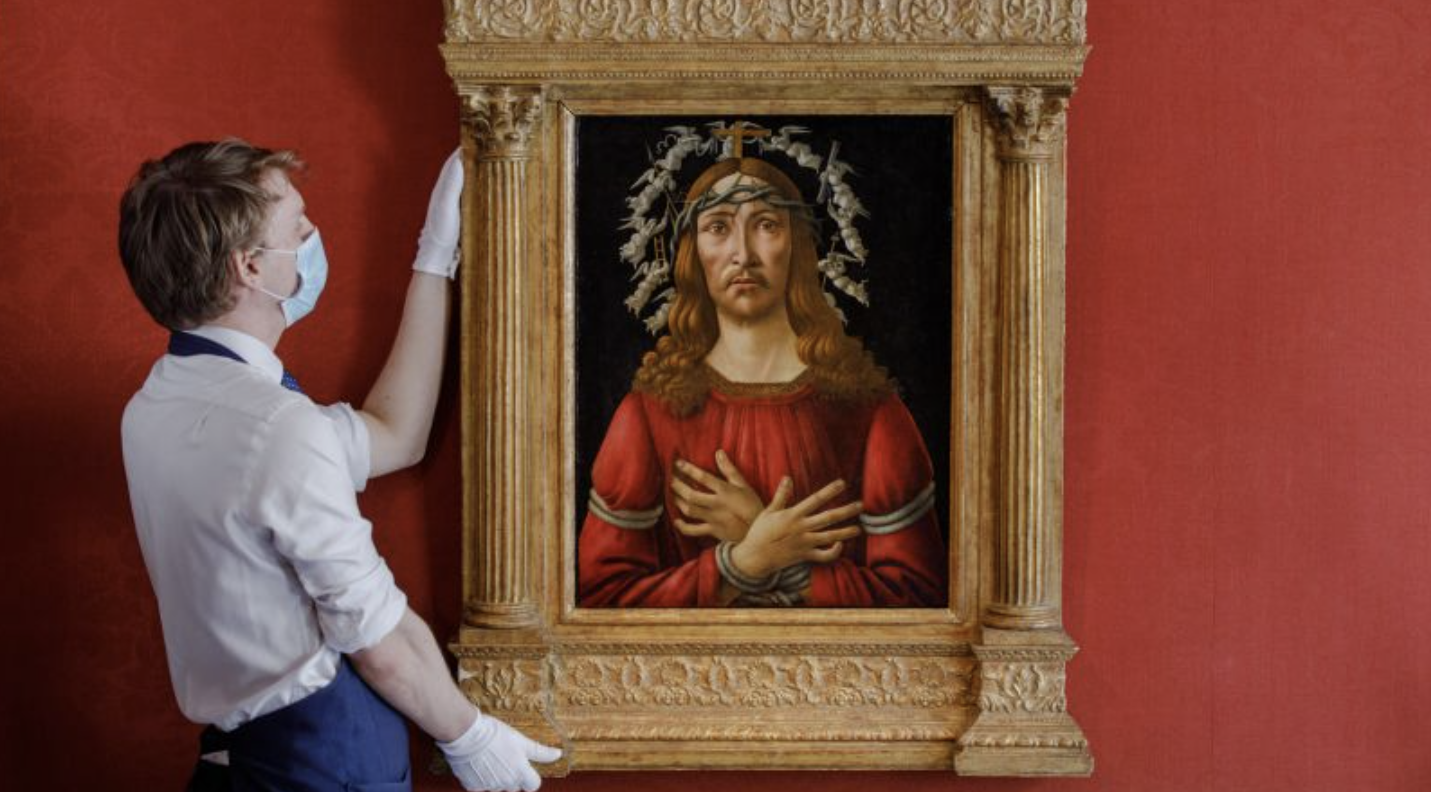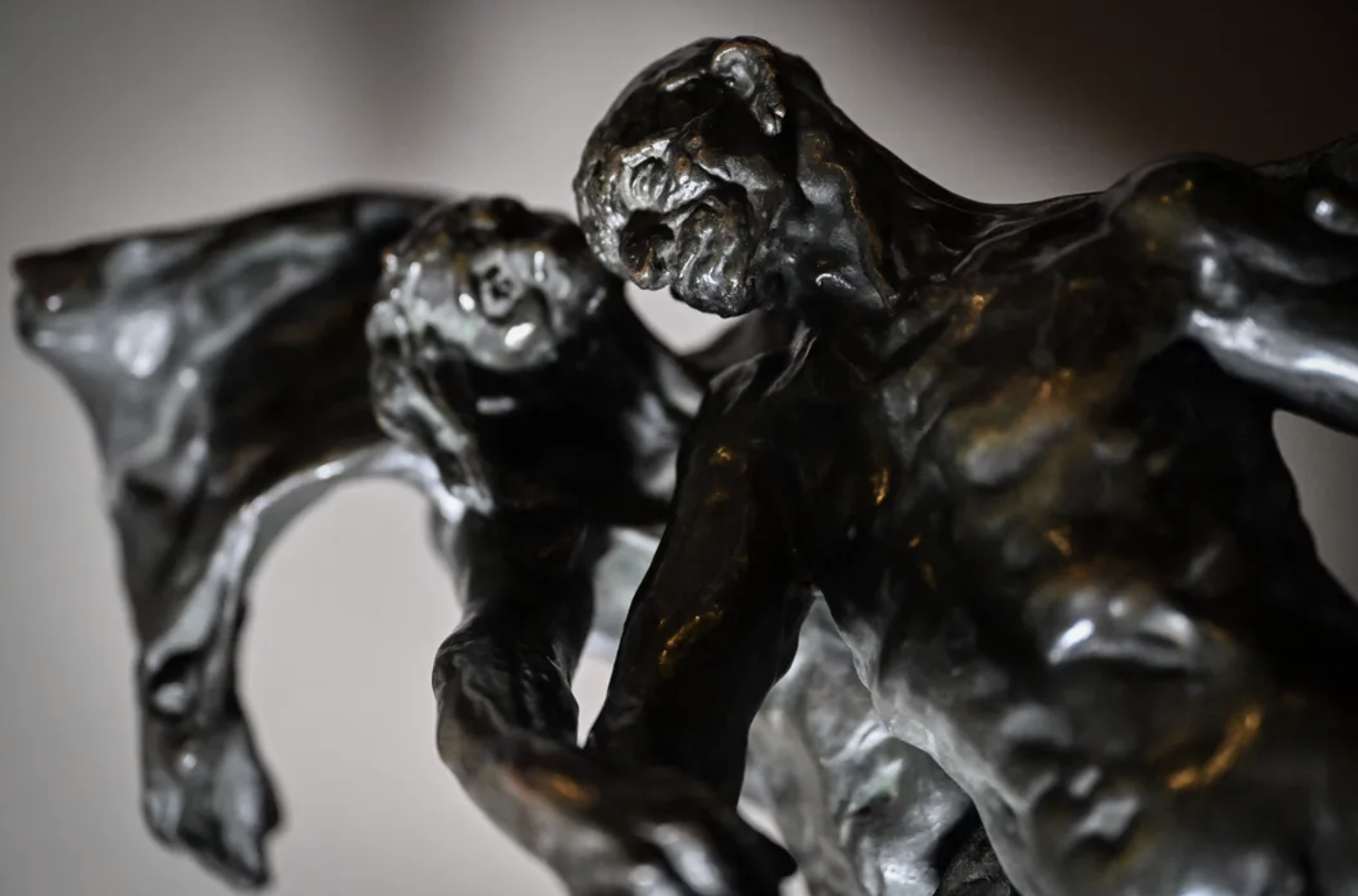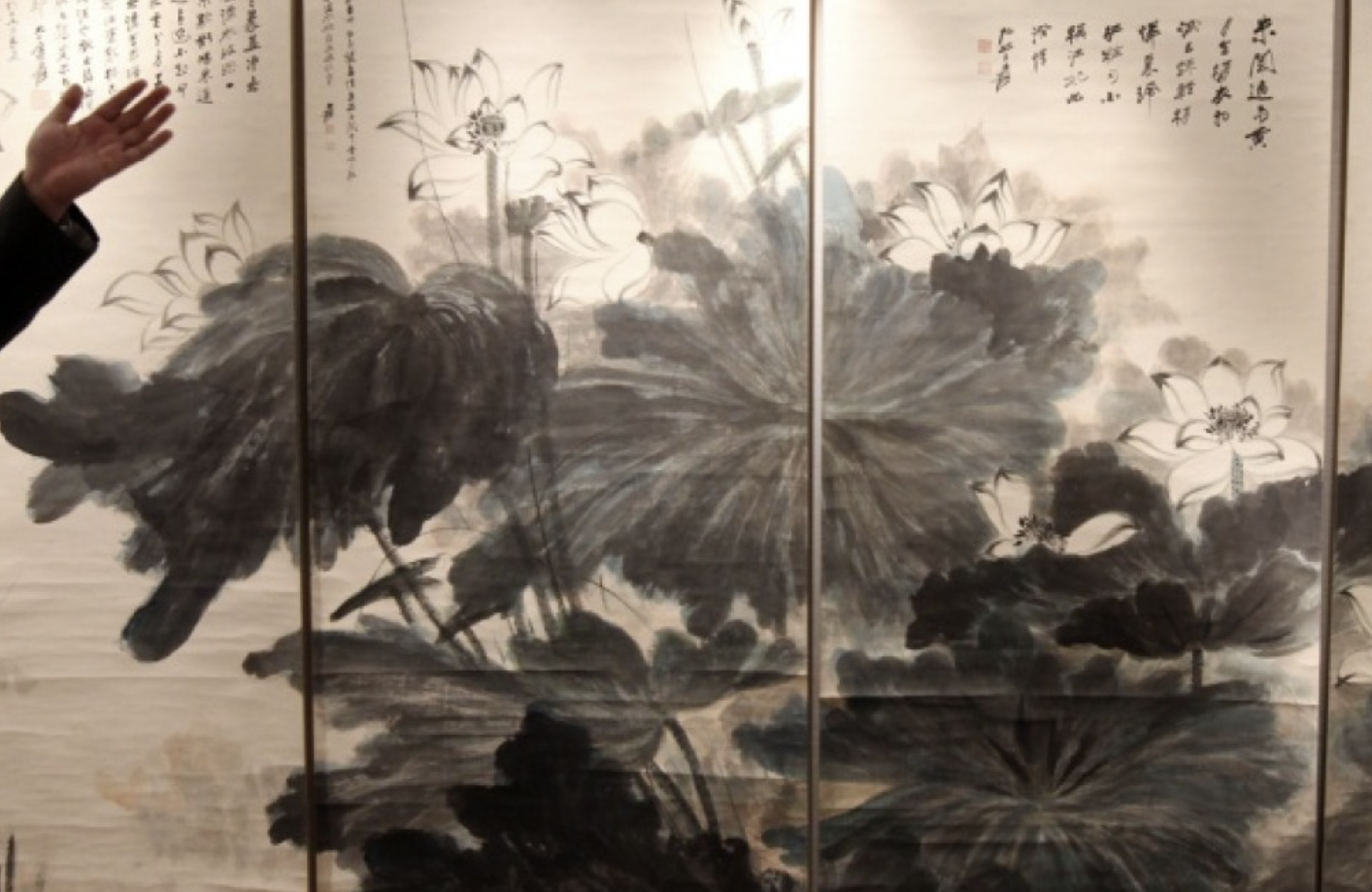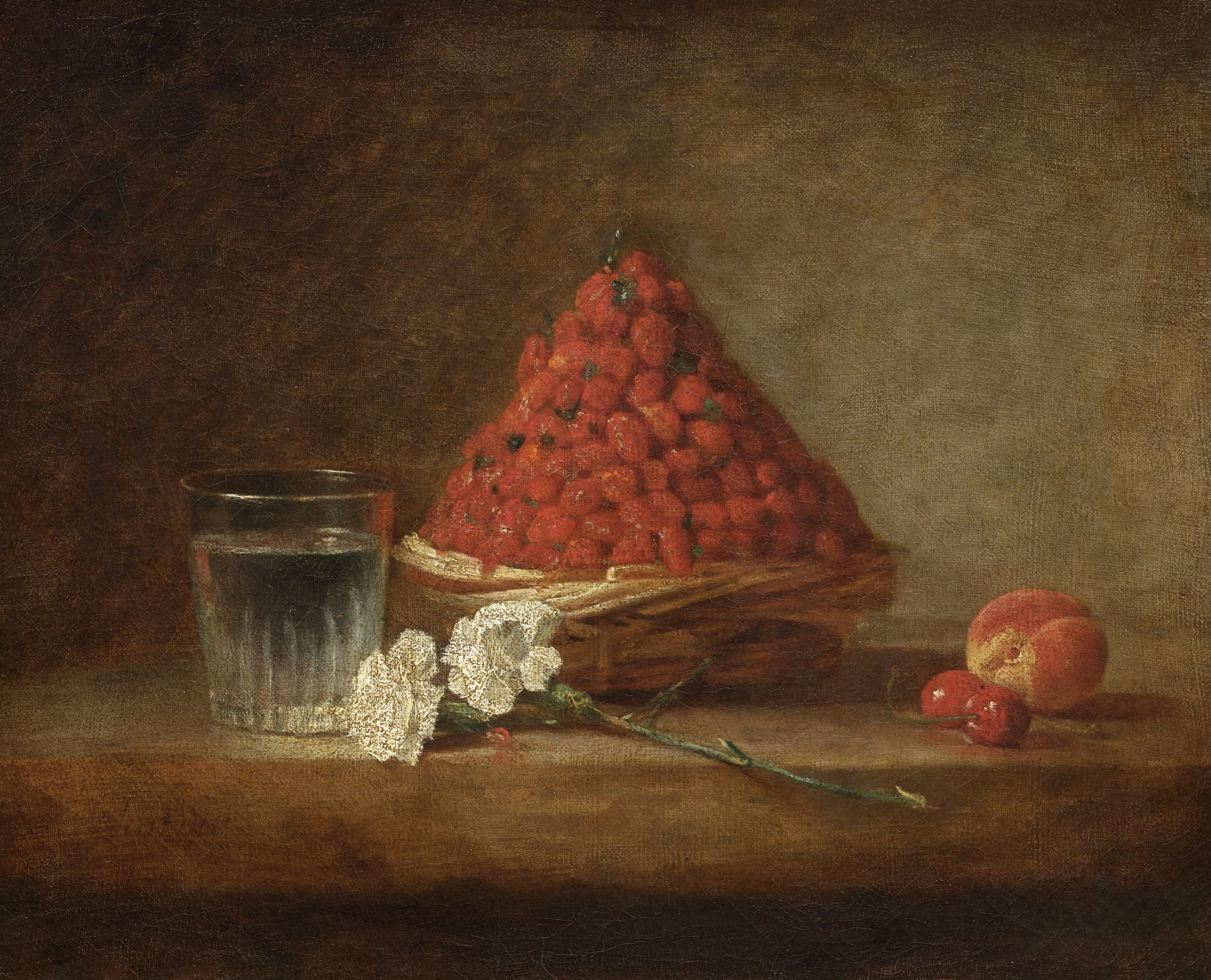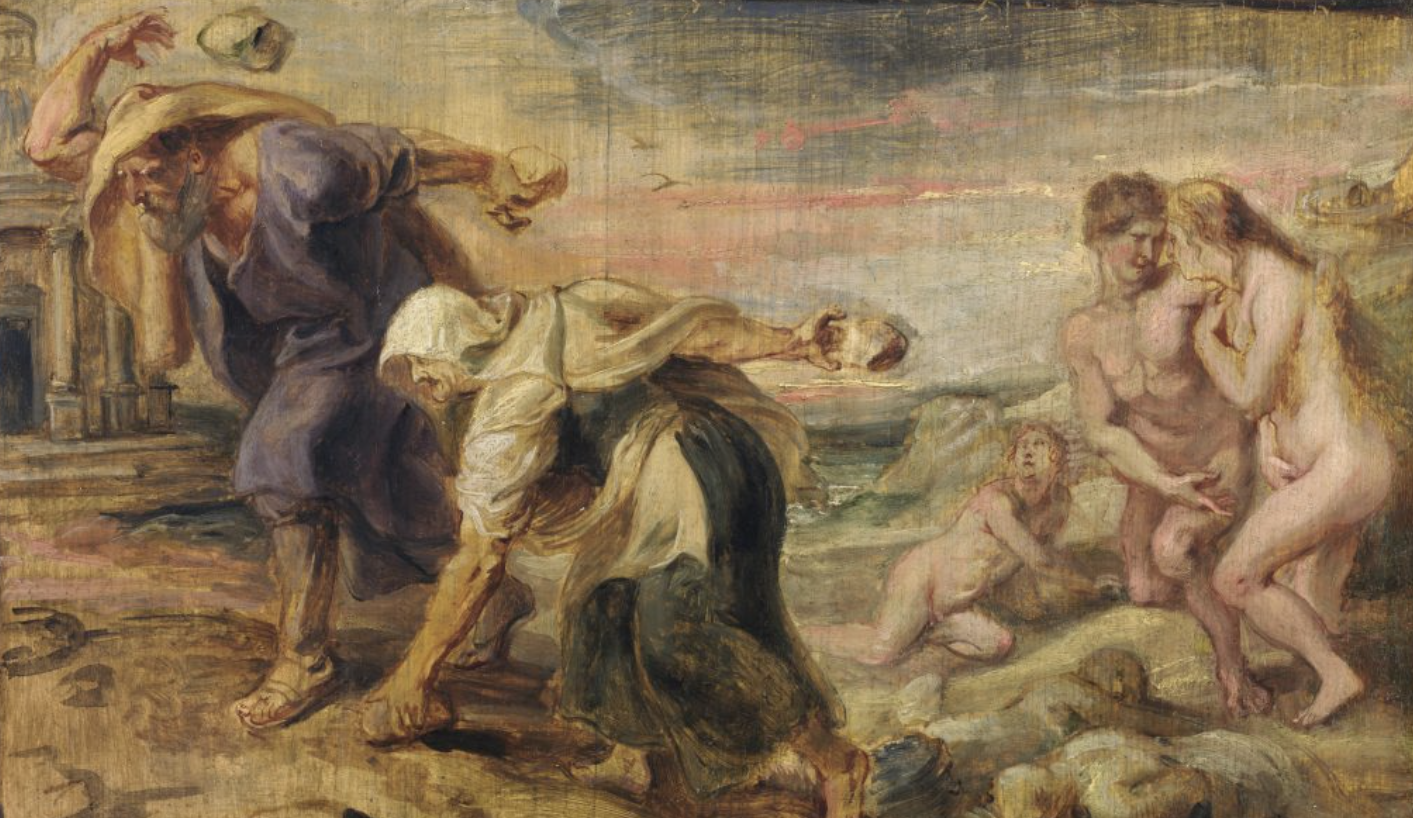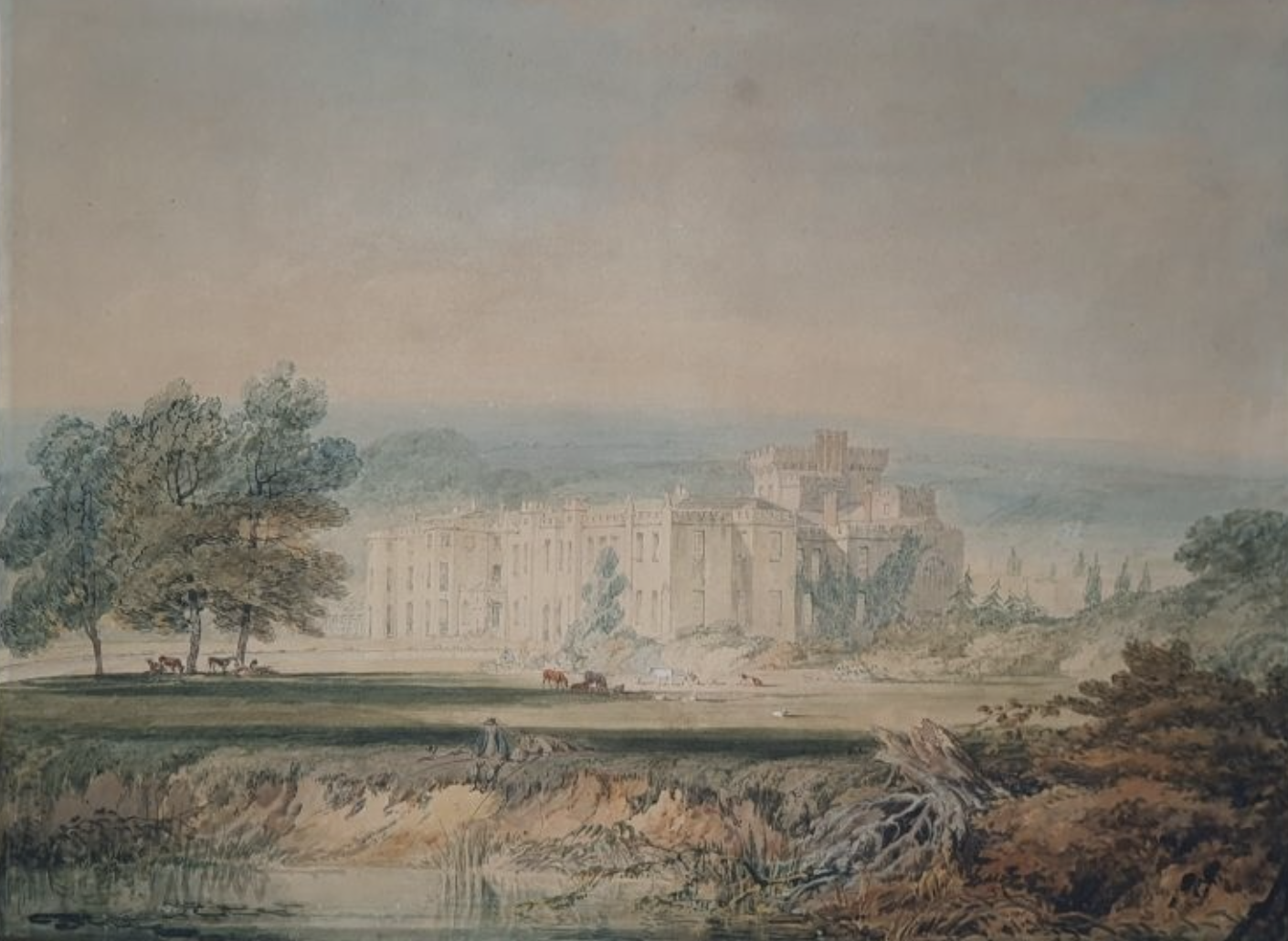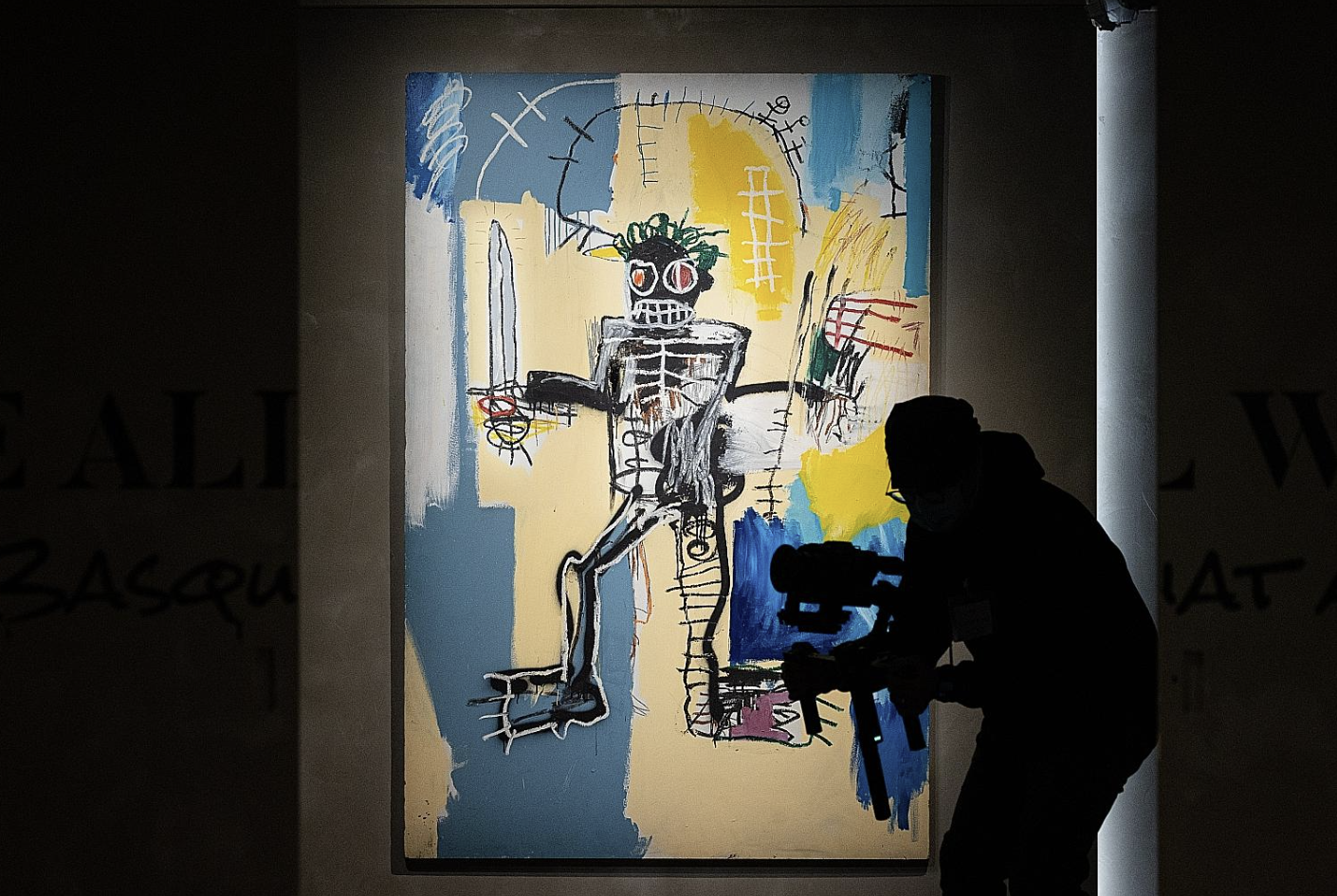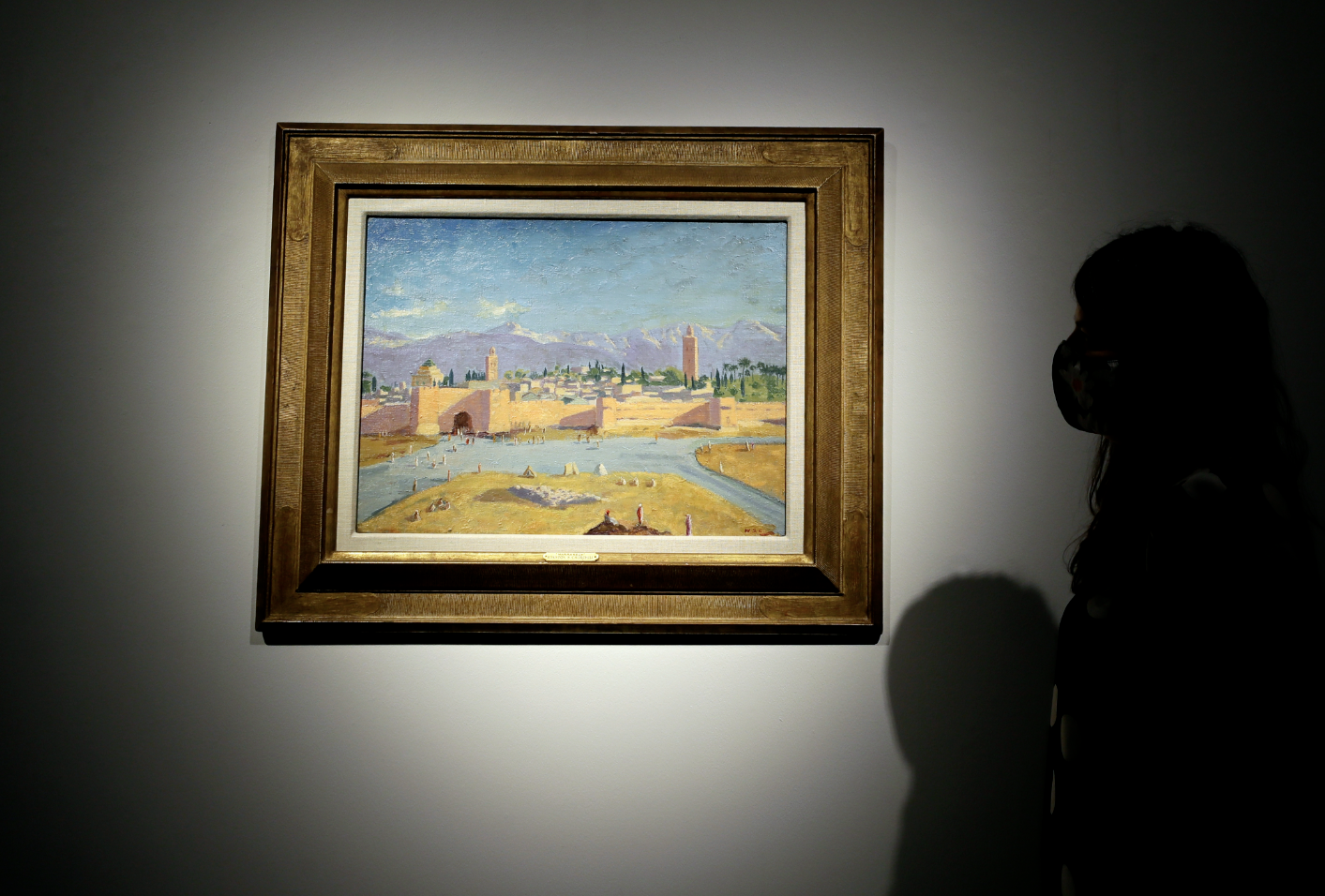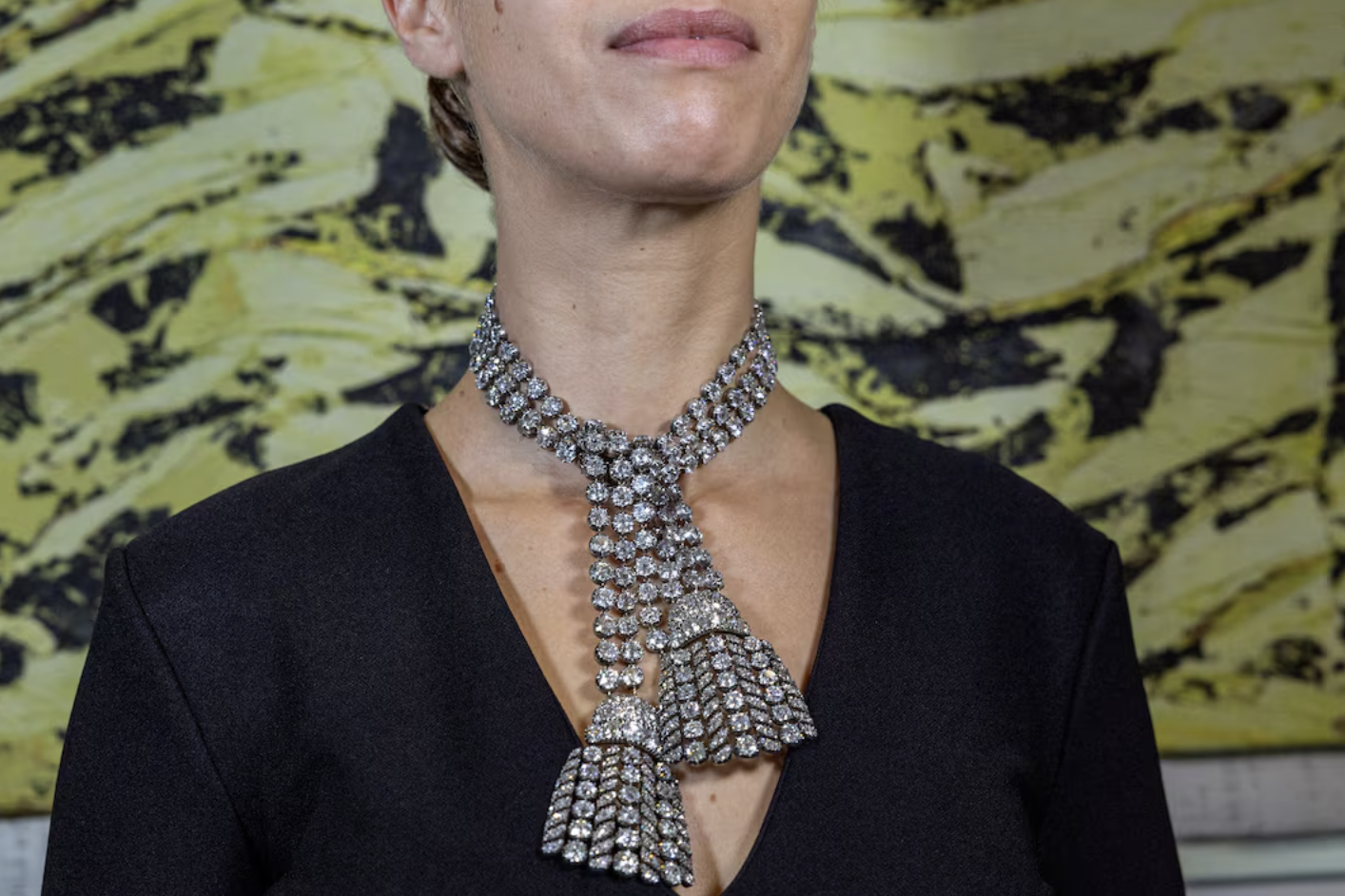
As the November auction season kicked off in New York with Sotheby’s Modern Art Evening, featuring masterpieces like Monet’s Nymphéas (1914-17) and Picasso’s La Statuaire (1925), another gem from Sotheby’s Geneva made waves with a surprising outcome. The piece, a historic diamond necklace, was the grand finale at their Royal and Noble Jewels auction, and its sale price far exceeded expectations.
Made up of over 500 diamonds, weighing nearly 300 carats, the necklace was expected to fetch a minimum of $2.5 million (or €2.2 million). But in the end, it sold for an astonishing 4.26 million CHF (roughly $4.79 million), doubling its low estimate. The sale’s allure wasn’t just due to its stunning craftsmanship, but also because of its fascinating backstory. According to Jessica Wyndham, Head of Magnificent Jewels at Sotheby’s, there’s a strong possibility that some of the diamonds might have originated from the infamous diamond necklace scandal that contributed to the downfall of Queen Marie Antoinette.
The necklace, dating back to the Georgian era, was once a key piece in the Marquesses of Anglesey’s collection. It was worn by the Marquess at King George VI’s coronation in 1937 and later by her daughter-in-law at Queen Elizabeth II’s coronation in 1953. However, the necklace contains large Golconda diamonds, which are believed to have once been part of the notorious diamond necklace originally intended for Marie Antoinette. These diamonds are thought to have played a role in the scandal that tarnished the Queen’s public image.
Today, the necklace consists of two diamond tassels that can be worn either loosely or tied together like a scarf. This design is a far cry from the original version of the necklace, which was created in 1772 for Louis XV’s mistress, Madame du Barry. The massive 650-diamond necklace, crafted by Parisian jewelers Charles Auguste Boehmer and Paul Bassenge, was meant to be a lavish gift for her, costing around 2 million livres—a sum equivalent to $17.5 million today.
Historian Thomas Carlyle described the necklace as “a row of seventeen glorious diamonds, almost as large as filberts… a three-wreathed festoon, with pendants enough around a very Queen of Diamonds.” By the time Louis XV died in 1774, the necklace had been made, but it was left largely unpaid for. Boehmer and Bassenge made several attempts to sell the piece to Louis XVI and Marie Antoinette, but their offers were rejected. The reasons for her refusal remain unclear, but it is suspected that Marie Antoinette was either not fond of Madame du Barry or saw the country’s needs elsewhere, famously stating, “We need seventy-four ships more than necklaces.”
That’s when Jeanne de Valois-Saint-Rémy, an illegitimate descendant of Henry II of France, entered the picture. She masterminded a plan to forge Marie Antoinette’s signature in order to acquire the necklace. With the help of her lover, Rétaux de Villette, Jeanne convinced a cardinal to secretly buy the necklace on the Queen’s behalf. Once the necklace was in their hands, the conspirators dismantled it, selling off the diamonds piece by piece.
It wasn’t until Boehmer and Bassenge confronted the Queen personally about the unpaid necklace that the forgery was uncovered. This led to the infamous 1785 Affair of the Diamond Necklace, which became a scandal that further tarnished Marie Antoinette’s reputation. Although she was exonerated in a public trial, the public remained convinced that she was involved in the plot, reinforcing her image as a spendthrift.
The necklace was offered for sale by a private Asian collector and will soon belong to another private collector. Andres White Correal, Chairman of Sotheby’s Jewelry Department, shared that the buyer was ecstatic about the acquisition. “She said something beautiful to me, that she’s happy to have won this lot, but that she doesn’t own it. She’s merely the custodian until the next person comes along,” Correal told France24. Before its sale in Geneva, the necklace had been part of a global tour, visiting cities like London, Hong Kong, New York, Singapore, Taipei, and Dubai.
This stunning piece of jewelry not only represents remarkable craftsmanship but is also deeply intertwined with one of history’s most notorious royal scandals.


